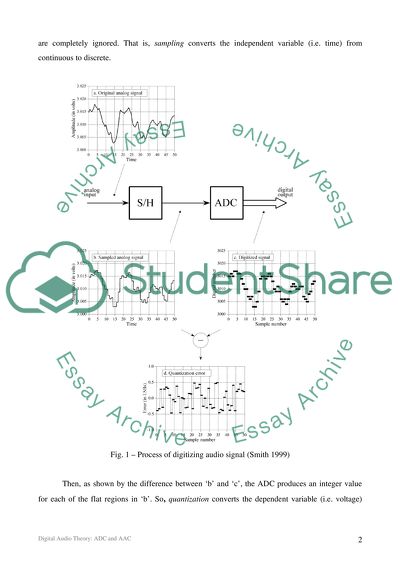Cite this document
(“Digital Audio Theory Essay Example | Topics and Well Written Essays - 2500 words”, n.d.)
Digital Audio Theory Essay Example | Topics and Well Written Essays - 2500 words. Retrieved from https://studentshare.org/technology/1526944-digital-audio-theory
Digital Audio Theory Essay Example | Topics and Well Written Essays - 2500 words. Retrieved from https://studentshare.org/technology/1526944-digital-audio-theory
(Digital Audio Theory Essay Example | Topics and Well Written Essays - 2500 Words)
Digital Audio Theory Essay Example | Topics and Well Written Essays - 2500 Words. https://studentshare.org/technology/1526944-digital-audio-theory.
Digital Audio Theory Essay Example | Topics and Well Written Essays - 2500 Words. https://studentshare.org/technology/1526944-digital-audio-theory.
“Digital Audio Theory Essay Example | Topics and Well Written Essays - 2500 Words”, n.d. https://studentshare.org/technology/1526944-digital-audio-theory.


